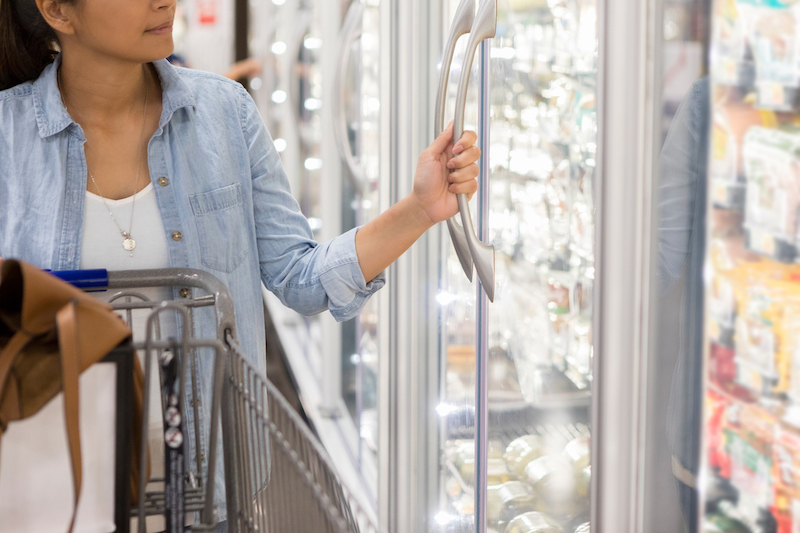Topics

Photo: Getty Images
Many in our community and across the nation are currently contending with school closures, lost income, limited access to grocery stores due to self-distancing measures and/or illness, and reduced supply of foods that fall within budget or dietary constraints. All of these factors can make it increasingly challenging to provide our families with enough food. At Texas Children’s Hospital, we understand the vital importance nutrition plays in supporting the health and well-being of our patients and want to do all we can to help ensure that all of our patients and their families have enough to eat. If you are experiencing limitations to food access during this outbreak, these tips may help.
Cost Saving Tips
- Buy in Bulk: This lowers the cost per serving or per item and reduces trips to the store.
Although it is unnecessary to overbuy or hoard food during the outbreak, purchasing bulk containers of shelf stable foods like rice, cereal, oatmeal, pasta, snack foods, dried fruit, applesauce, canned tuna, etc. can help reduce the cost of these items. Frozen items can also be bought in bulk as freezing helps maintain food quality and safety for longer. One note of caution: Most self-stable/frozen items will stay good for an extended period of time if they remain unopened or frozen. Once opened or defrosted, however, some items will expire relatively quickly. So, either plan to get through the package or freeze a portion of it.
- Limit quick spoilers: This limits food waste and reduces purchases of traditionally expensive items.
Fresh bakery items, bagged salads and other washed or prepared fruits and vegetables, and raw poultry/meat/fish all expire relatively quickly. Most of these items also come with added costs to cover the additional processing and handling required. Choose mostly foods that have longer shelf lives and limit perishable foods to what you will realistically eat in a few days or have the space/ability to freeze.
- Shop discounts carefully: This allows for more careful purchasing to take advantage of lower cost items.
Canned and frozen produce is generally less expensive than fresh. There are some exceptions to this. Items that are in season are generally inexpensive while frozen items that require lots of preparation before freezing may be pricier than the fresh item. Store brands are usually cheaper than name brand versions of packaged foods so keep an eye out for those.
Additional ways to reduce food waste
- Place leftovers and foods with a short shelf life in the front of your pantry and refrigerator so they get eaten first.
- Divide leftovers into smaller single serving containers and freeze a portion of them.
- Plan meals that use leftovers within two days of cooking.
- Limit purchases of unfamiliar/new foods to reduce the likelihood of family members rejecting/disliking the food and end up throwing it away.
- Freeze, whenever possible, before a food spoils. Below are some foods you may not know you can freeze. Just be sure to wrap these items tightly in an airtight container. Remember to thaw all foods in the refrigerator unless otherwise noted.
- Flour: Keep it frozen in an airtight container, then thaw to room temperature before using.
- Eggs: Remove them from the shell and freeze whipped together or as separate whites/yolks.
- Corn on the cob: Either raw or blanched first.
- Onions: Chop and store in the freezer either raw or caramelized.
- Avocado: Either mashed or in large chunks.
- Bread: Freeze as an entire or partial loaf. Bread can thaw in the refrigerator overnight or for a quicker unthaw, put it on the counter for three to four hours and then bake it in the oven until hot all the way through.
We hope these tips will help you extend the life of your food as we continue to navigate the outbreak.



